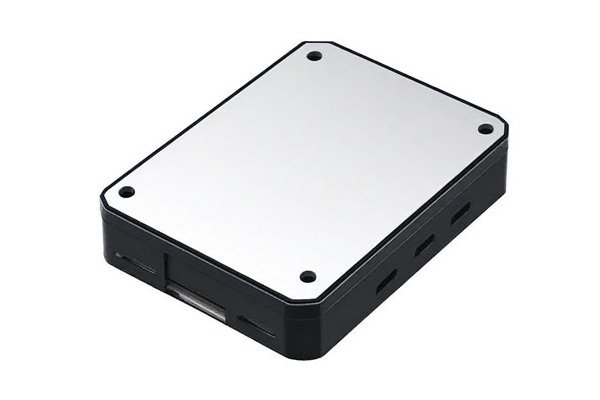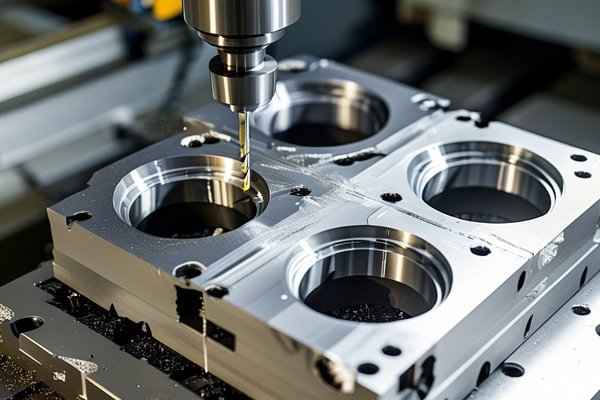Did you know that the tooling material you choose for CNC machining can significantly influence not just the quality but also the very feasibility of manufacturing specific parts? According to a study by the National Institute of Standards and Technology (NIST), nearly 80% of machining errors can directly be traced back to inadequate tool selection. So, what does this mean for you as a manufacturer, engineer, or product designer? Choosing the right tool material isn’t just about cost; it can mean the difference between delivering a high-quality product and facing costly reworks and delays.
In this blog, we will dive deep into the critical aspects of tool materials used in CNC machining. We will explore the types of tool materials available, the properties that make them suitable for specific applications, and how they can significantly affect the overall precision and quality of your machined parts.
Understanding CNC Machining Tool Materials
When it comes to CNC machining, several tool materials are commonly used. Each has unique properties suitable for different applications. Here are the most popular ones:
High-Speed Steel is a versatile and reliable material, particularly for general-purpose machining. Due to its ability to withstand high temperatures without losing hardness, HSS is often used for milling cutters, drills, and taps. However, it is less effective when it comes to producing parts at high speeds and high volumes compared to other materials.
Carbide tools are made from a tungsten carbide and cobalt mixture. They possess excellent hardness and wear resistance, making them suitable for high-speed machining operations. They are often used for machining hard materials like stainless steel and titanium. However, they can be brittle, and care should be taken not to subject them to sudden shocks.
Cermet tools combine ceramic and metal, thus offering improved heat resistance and wear properties. These materials are typically used in finishing operations for machining hard materials. They can provide a better surface finish but are often more expensive.
Highly rigid and wear-resistant, ceramic tools excel in high-speed machining of hard materials. However, their brittleness makes them unsuitable for operations where shock might occur.
These superhard materials are primarily used for specialized applications such as machining hard alloys and when a very high surface finish is required. While extremely effective, their cost can be prohibitive for many standard machining tasks.
When selecting a tool material, there are several key properties to consider:
The Impact of Tool Material on Accuracy
CNC machining processes heavily depend on tool accuracy, as even minor discrepancies can compound through multiple machining operations, leading to significant deviation from design specifications. Selecting appropriate tool material can reduce tool wear and maintain sharpness, thus aiding in holding tighter tolerances.

For instance, carbide tools can sustain their dimensional stability at temperatures generated during the machining process, whereas HSS tends to lose accuracy faster due to high thermal expansion rates and wear.
Another critical aspect is the surface finish of the machined part. A smooth surface finish is often a measure of quality in machined components. The right choice of tool material can enhance surface quality.
For example, ceramic and diamond tools can produce excellent surface finishes for hard materials because of their rigidity and wear resistance. On the other hand, using a dull tool or an inappropriate material can lead to poor surface quality, necessitating additional processes like grinding or polishing.
Tool wear affects not only the life of the tool but also the quality of the manufactured components. As tools wear down, their cutting edges become dull, leading to inaccuracies and a compromised surface finish.
The Relationship Between Tool Material and Machining Efficiency
Different tool materials can operate effectively at varied speeds. High-speed steel tools generally perform well at lower speeds. However, if the speed is crucial in your machining operation, carbide or cermet tools are recommended, permitting faster machining without sacrificing part quality.
Selecting a more expensive tool material can offer significant long-term savings if it leads to lower costs per part produced through extended tool lives and reduced downtime. For instance, though carbide tools may have a higher initial cost than HSS, they typically provide better wear resistance and longevity, leading to fewer tool changes, enhanced efficiency, and reduced costs over time.
By understanding the right tool material to select, manufacturers can better manage risks related to suboptimal tool performance. An improper choice can lead to unnecessary production costs and potential quality assurance issues.
Best Practices in Tool Material Selection
As we’ve explored, the choice of tool material in CNC machining directly influences accuracy, quality, and cost-effectiveness in the manufacturing process. Each material comes with its advantages and limitations, making it vital to understand the specific requirements of your machining application.
Incorporating these considerations into your tool selection process and establishing best practices can significantly enhance the precision and quality of your machined parts, ensure operational efficiency, and ultimately lead to customer satisfaction.
Remember, investing time to select the right tool material is an investment in the quality of your final product—one that pays off not just in production efficiency, but also in your reputation within the industry. As machining continues to evolve, being strategic about your tooling decisions will certainly distinguish you from competitors.






